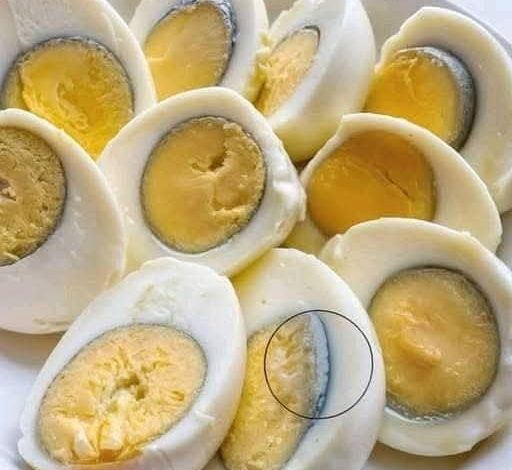If eggs have a green ring around their yolk, what does it mean?

Have you ever sliced into a hard-boiled egg only to discover a grayish-green ring encircling the yolk? This is a common sight that can cause some confusion about the egg’s freshness or safety. While it might look unappetizing, this ring is a result of a simple, harmless chemical reaction.
ADVERTISEMENT
The Science Behind the Ring
The distinct color is caused by a compound called ferrous sulfide. The yolk of an egg contains iron, and the egg white (albumen) contains hydrogen sulfide. During the cooking process, these two elements are drawn to each other. When an egg is cooked for an extended period, the intense heat causes these compounds to react at the surface of the yolk, forming the ferrous sulfide that creates the characteristic green ring.
ADVERTISEMENT
How to Prevent This from Happening
The key to preventing the green ring is to avoid overcooking. For perfectly hard-boiled eggs, try the following method:
ADVERTISEMENT
- Place eggs in a single layer in a pot and cover them with at least one inch of cold water.
- Bring the water to a full, rolling boil.
- Immediately turn off the heat, cover the pot, and let the eggs sit in the hot water for 12-15 minutes.
- Once the time is up, transfer the eggs to a bowl of ice water or run them under cold water to stop the cooking process.
This method ensures the eggs cook through without the excessive heat that causes the ferrous sulfide to form. The quick cooling also helps make the eggs easier to peel.
So, Is It Safe to Eat?
Yes, the green ring is completely safe and an indicator that your egg has been overcooked. The color change is purely a cosmetic issue and does not affect the egg’s safety or nutritional value. While the overcooked yolk might be slightly drier and have a sulfurous odor, the egg is still perfectly fine to eat. It’s a useful visual cue to help you perfect your future egg-cooking technique.




